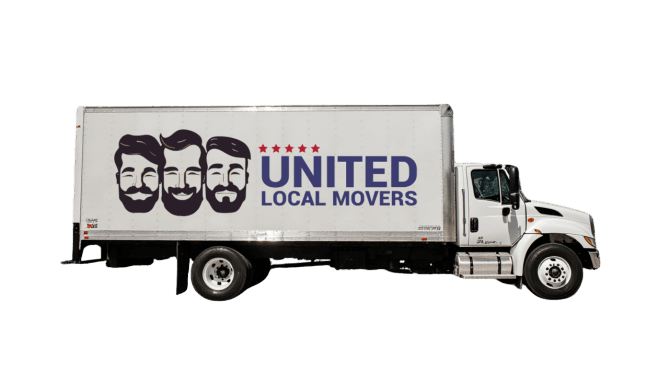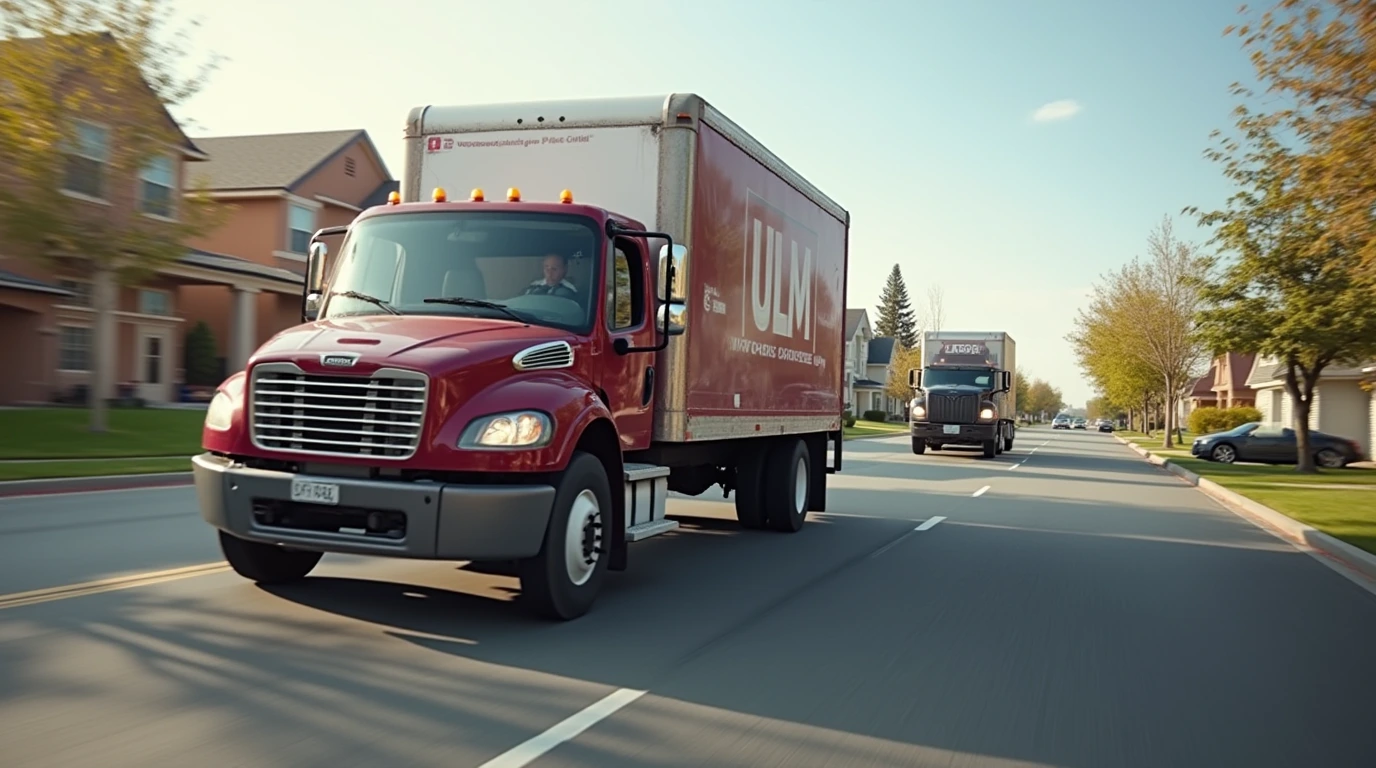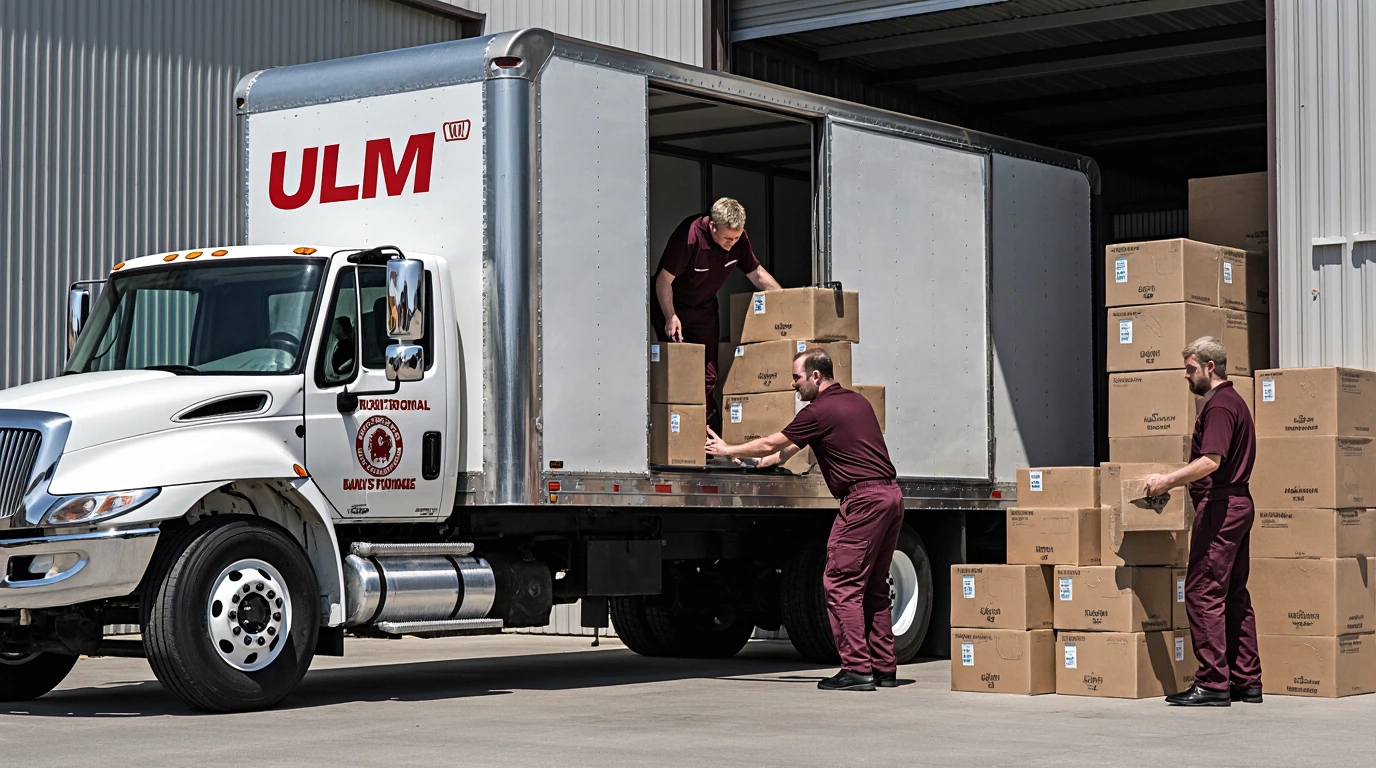When planning a move, storage often becomes part of the equation. Maybe your new home isn’t ready yet, maybe you’re downsizing, or maybe you just need extra space during the transition. Whatever the reason, choosing the right storage option can make your move smoother and less stressful. The two most common solutions are self-storage and warehouse storage — and they’re not the same. Understanding the difference will help you make the best decision for your situation, your budget, and your belongings.
Why Storage Can Be a Smart Part of Your Moving Plan
Storage gives you flexibility. Instead of rushing to unpack everything on moving day, you can keep certain items safe and organized until you’re ready for them. This is especially useful if:
- 🏡 You’re waiting for your new home to be ready
- 📦 You want to declutter and stage your current home
- 🧭 You’re moving long-distance and need time between locations
- 💼 You’re relocating temporarily for work or travel
Choosing the right storage option isn’t just about convenience — it’s about protecting your investment and reducing moving day stress.
What Is Self-Storage?
Self-storage facilities are what most people think of when they picture storage: rows of individual units where customers can rent space and access it themselves. These units come in various sizes and can be used for both short- and long-term storage.
✅ Pros of Self-Storage:
- 🔑 Personal access: You can visit your unit whenever the facility is open (some 24/7).
- 📅 Flexible rentals: Monthly leases make it easy to extend or cancel as needed.
- 📦 Control over your items: You handle packing, organizing, and retrieval yourself.
- 🏷️ Lower cost: Typically cheaper than warehouse storage for smaller loads.
⚠️ Cons of Self-Storage:
- 🚚 You must transport and move everything in yourself.
- 🧊 Not all facilities offer climate control.
- 🔐 You’re responsible for locks, insurance, and security.
- 🧰 Limited professional handling for delicate or oversized items.
Self-storage works best for people who want regular access to their belongings and don’t mind managing the logistics themselves.
What Is Warehouse Storage?
Warehouse storage, often offered by moving companies, is a more managed solution. Instead of renting an open unit, your belongings are stored in a secured warehouse, typically inside vaults or palletized sections. This option is popular for people who don’t need frequent access and prefer professional handling.
✅ Pros of Warehouse Storage:
- 🏢 Full-service handling: Movers transport, load, and store your items for you.
- 🔒 Enhanced security: Access is limited to authorized personnel.
- 🌡️ Climate control options: Ideal for sensitive furniture, artwork, or electronics.
- 🧾 Inventory tracking: Items are labeled and logged into a system.
- 🧳 Seamless coordination with moving: Ideal for long-distance relocations.
⚠️ Cons of Warehouse Storage:
- 💰 Usually more expensive than self-storage.
- 🚪 Limited or no personal access during storage.
- 📅 Advance notice required to retrieve items.
Warehouse storage is best for long-term storage, high-value items, or when you prefer professionals to handle everything from start to finish.
Cost Comparison: Self-Storage vs. Warehouse Storage
Pricing depends on your location, unit size, and storage duration. Here’s a general idea of how they compare:
| Feature | Self-Storage | Warehouse Storage |
|---|---|---|
| Monthly Cost | $80–$300+ | $150–$600+ |
| Access | Personal, flexible | Limited, by appointment |
| Handling | DIY | Full-service movers |
| Security | Basic locks, CCTV | Controlled facility, professional security |
| Climate Control | Varies by location | Commonly included |
| Best For | Short-term, frequent access | Long-term, high-value items |
While warehouse storage may cost more, it often includes services like pickup, professional packing, and insurance — making it more cost-effective for complex moves.
Climate Control: A Big Factor for Many Moves
Not all items do well in fluctuating temperatures. If you’re storing sensitive belongings like electronics, antiques, musical instruments, or fine furniture, climate-controlled storage can prevent warping, mold, and damage. Warehouse storage typically includes climate control, while self-storage may offer it only at select locations for an additional fee.
Security and Peace of Mind
Security levels can vary widely between storage options. With self-storage, you’re responsible for securing your unit. With warehouse storage, access is restricted and monitored by staff, often with alarm systems and surveillance.
If you’re storing high-value items or are moving long-distance, warehouse storage may offer greater peace of mind.
Access and Convenience
If you’ll need to visit your stored items frequently, self-storage may be the better choice. It gives you flexibility and independence. But if you simply want your belongings safely stored and redelivered to your new address, warehouse storage is more convenient and hands-off.
When to Choose Self-Storage
Self-storage is a smart option if:
- 🚪 You need easy access to your belongings
- 📦 You prefer to handle packing and moving yourself
- 💰 You want to minimize costs
- 🏡 You’re storing items short-term between moves
This is common for local moves, college students, or temporary relocations.
When to Choose Warehouse Storage
Warehouse storage is ideal if:
- 🚚 You want professionals to handle everything
- 🌡️ You’re storing sensitive or high-value items
- 🧳 You’re moving long-distance or internationally
- 🏢 You don’t need frequent access
This option is especially popular for corporate relocations, extended travel, or when closing dates don’t align.
Insurance and Protection Options
Regardless of which option you choose, insurance is key. Many self-storage facilities offer basic coverage, but it may not be enough for valuable items. Warehouse storage through a moving company typically includes inventory tracking and valuation coverage.
With United Local Movers, you can combine warehouse storage with full-value protection to keep your belongings secure from pickup to final delivery.
Practical Tips for Using Storage During a Move
- 📅 Book your storage in advance — availability can fill up fast during peak season.
- 🧭 Label everything clearly to make retrieval easier.
- 🧰 Avoid storing flammable, perishable, or hazardous materials.
- 📦 Create an inventory list to track what’s in storage.
- 📝 If using warehouse storage, confirm access policies in advance.
Choosing the Right Storage Option for Your Move
The best storage solution depends on your timeline, budget, and how much access you need. Self-storage offers flexibility and affordability, while warehouse storage provides professional handling, security, and peace of mind. For many movers, a combination of both works best — using warehouse storage for valuables and self-storage for everyday overflow.
With United Local Movers, your relocation becomes safer, faster, and stress-free. We offer secure, climate-controlled storage solutions that fit your needs and budget — whether short-term or long-term.





